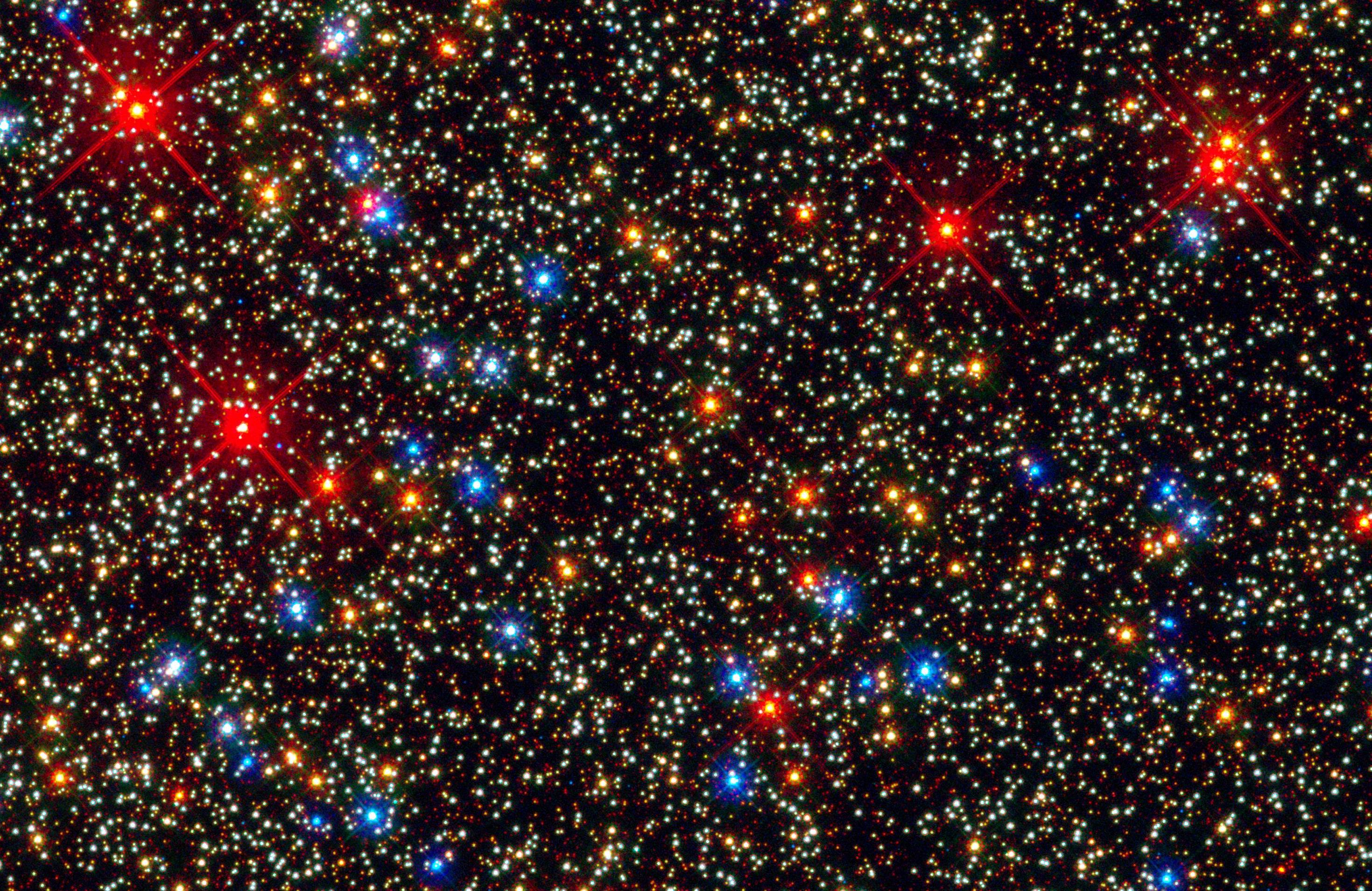
Searching for life in the vast universe is an overwhelming task, but scientists can cross one place off their list.
Omega Centauri — a densely packed cluster of stars in our galactic backyard — is unlikely to be home to habitable planets, according to a study by scientists at the University of California, Riverside, and San Francisco State University.
Forthcoming in The Astrophysical Journal, the study was led by Stephen Kane, an associate professor of planetary astrophysics in UCR’s Department of Earth Sciences and a pioneer in the search for habitable planets outside our solar system, known as exoplanets. Sarah Deveny, a graduate student at San Francisco State who is working with Kane, co-authored the paper.
In the hunt for habitable exoplanets, Omega Centauri, the largest globular cluster in the Milky Way, seemed like a good place to look. Comprising an estimated 10 million stars, the cluster is nearly 16,000 light years from Earth, making it visible to the naked eye and a relatively close target for observations by the Hubble Space Telescope.
“Despite the large number of stars concentrated in Omega Centauri’s core, the prevalence of exoplanets remains somewhat unknown,” Kane said. “However, since this type of compact star cluster exists across the universe, it is an intriguing place to look for habitability.”
Starting with a rainbow-colored assortment of 470,000 stars in Omega Centauri’s core, the researchers homed in on 350,000 stars whose color — a gauge of their temperature and age — means they could potentially harbor life-bearing planets.
For each star, they then calculated the habitable zone — the orbital region around each star in which a rocky planet could have liquid water, which is a key ingredient for life as we know it. Since most of the stars in Omega Centauri’s core are red dwarfs, their habitable zones are much closer than the one surrounding our own larger sun.
“The core of Omega Centauri could potentially be populated with a plethora of compact planetary systems that harbor habitable-zone planets close to a host star,” Kane said. “An example of such a system is TRAPPIST-1, a miniature version of our own solar system that is 40 light years away and is currently viewed as one of the most promising places to look for alien life.”
Ultimately, though, the cozy nature of stars in Omega Centauri forced the researchers to conclude that such planetary systems, however compact, cannot exist in the cluster’s core. While our own sun is a comfortable 4.22 light years from its nearest neighbor, the average distance between stars in Omega Centauri’s core is 0.16 light years, meaning they would encounter neighboring stars about once every 1 million years.
“The rate at which stars gravitationally interact with each other would be too high to harbor stable habitable planets,” Deveny said. “Looking at clusters with similar or higher encounter rates to Omega Centauri’s could lead to the same conclusion. So, studying globular clusters with lower encounter rates might lead to a higher probability of finding stable habitable planets.”
The title of the paper is “Habitability in the Omega Centauri Cluster.”




